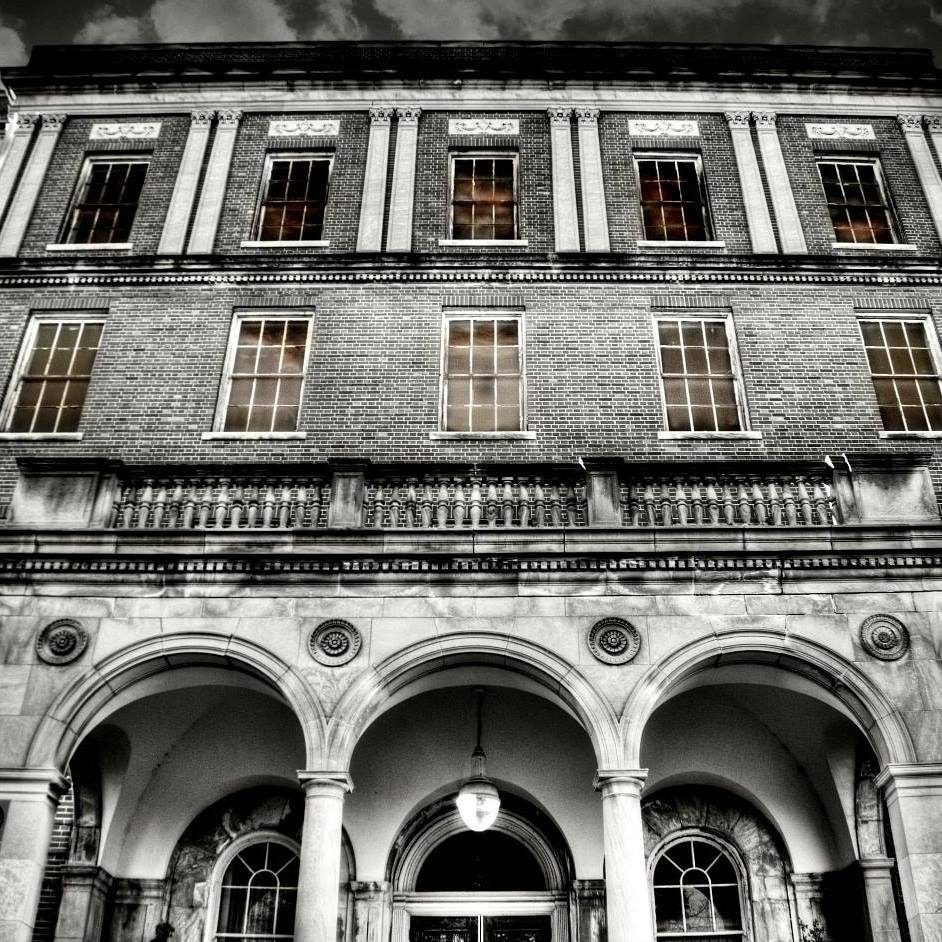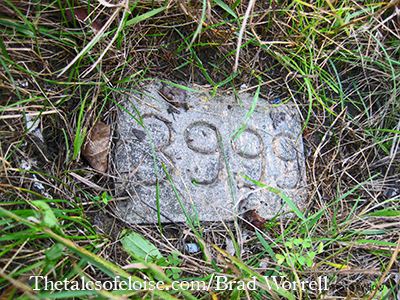
- Find a Grave – Eloise Cemetery Records
- Detroit Society for Genealogical Research – Eloise Cemetery
- Seeking Michigan: Eloise Death Records

(courtesy of the Westland Historical Commission)

At Henry Ruff near Michigan Avenue in Westland lies a pine-bordered cemetery, last resting place of more than 7,000 former residents of the Eloise Hospital and Infirmary.
Mostly unattended for 70 years, the cemetery is undergoing dramatic changes. Presently, Wayne County, along with the City of Westland and Ford Motor Co.’s Land Management Division, is taking steps to upgrade the cemetery. Last year, the landscaping unit of Ford’s division cut trees and removed overgrowth.
“Our goal is to acknowledge the many people who are interred there,” says Gary Sirotti, Deputy Director of Wayne County’s Health and Community Services Department. “It’s great to see Ford, Wayne County and Westland working as a team to make this project a reality.” Long-range plans call for a marker to be erected identifying the cemetery, possible in conjunction with Wayne County’s Bicentennial this year.
Eloise, as the 902-acre complex was known, no longer exists, but from 1839 until 1981, the facility served as the last home to thousands of Wayne County’s mentally disadvantaged and indigent residents.
The residents at Eloise, named after the daughter of Detroit’s postmaster in the 1890s, grew their own food, dried tobacco for cigarettes, raised pigs and cattle, even ran their own theater. Through the years, three cemeteries were created on the grounds with the eventual consolidation of all the remains at Henry Ruff Cemetery in the early part of this century.
The current cemetery was in use 38 years, from 1910 to 1948. Plots were marked with a number. The numbers matched up with a death register. The old registers provide just the barest of details about Eloise’s patients: name, age (often just guessed at), city the patient came from, occupation and cause of death.
The 1910 register book, its cover worn with age, shows the dead were mostly common working people: butcher, laborer, domestic baker, teamster, painter. Many were foreign born. Stripped of any modern medical jargon, the causes of death seem harsh: exhaustion from paralysis, senility, cancer of the face, strangulation from hanging.
Some residents were at Eloise only a brief period of time before their deaths. The register lists one 34-year-old tinsmith suffering from tuberculosis – admitted on October 8th, 1915, dead a scant two days later.
Burial options included having the family claim the body or having the unclaimed body donated to Detroit College of Medicine to be used for medical research. After 1948, all unclaimed bodies were sent to the college. Says Sirotti of the cemetery restoration work: “We envision this effort will emphasize how the Eloise complex affected the history of Wayne County.”

More About Institutional Cemeteries at Eloise
The first notation of an Institutional cemetery was in 1892, when the Hospital arranged with Catholic Bishop Foley to move the bodies which had been buried northwest of the County House to an island in the middle of the reservoir. This move was made to afford the first paving of Michigan Avenue, which occurred in 1910; and part of the artificial lake at the time had to be filled in, in addition to using the area of the cemetery.
After the beginning of the century, two cemeteries were used – one on the northwest corner of the farmland south of Michigan Avenue, and one further south on the farm site facing Henry Ruff. Each plot was marked with a headstone and a number. For the next 38 years the bodies of deceased patients without known relatives where buried by inmates’ help from the Infirmary Division. Beginning in 1948, all unclaimed bodies were sent to Wayne University College of Medicine; and the practice of interment in the Hospital cemetery discontinued.
[ This information presented in whole from “A History of the Wayne County Infirmary, Psychiatric, and General Hospital Complex at Eloise, Michigan” by Alvin C. Clark; page 114. ]




























